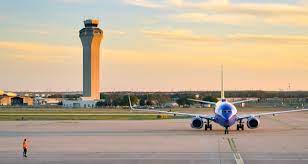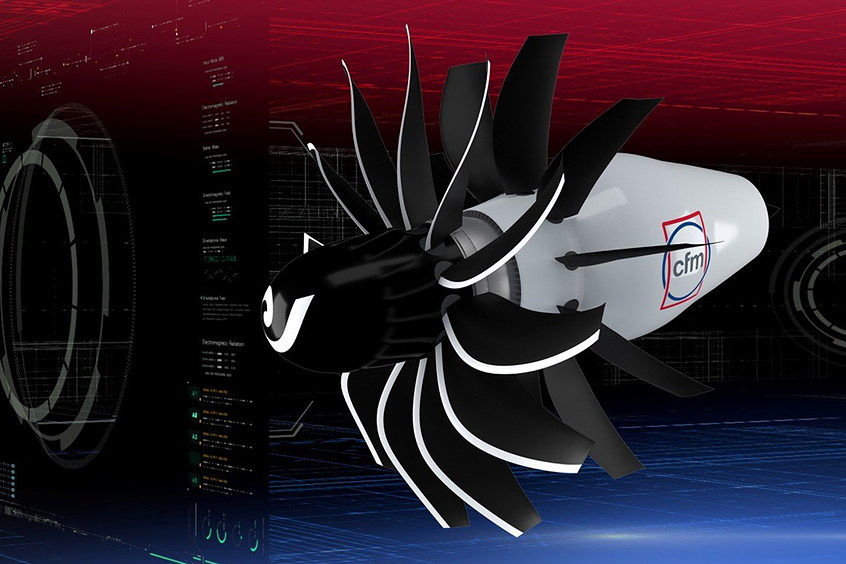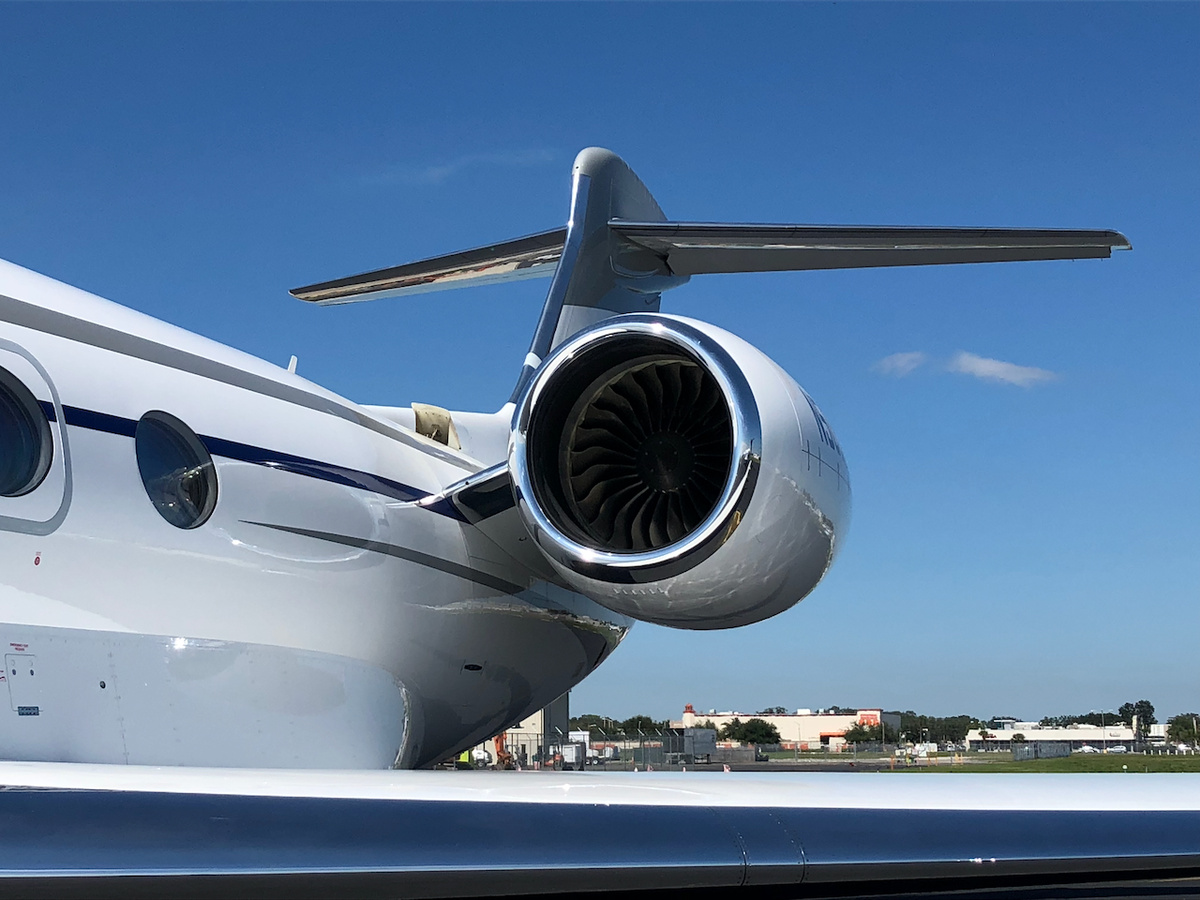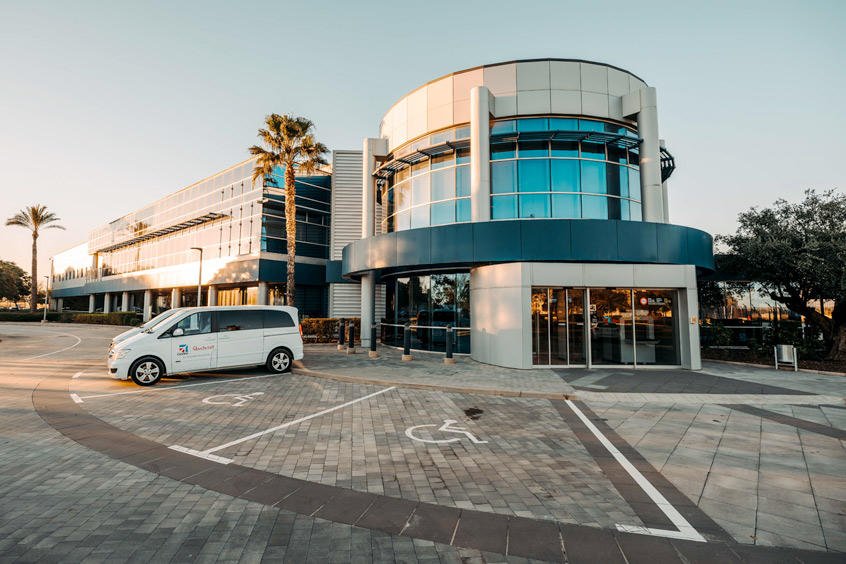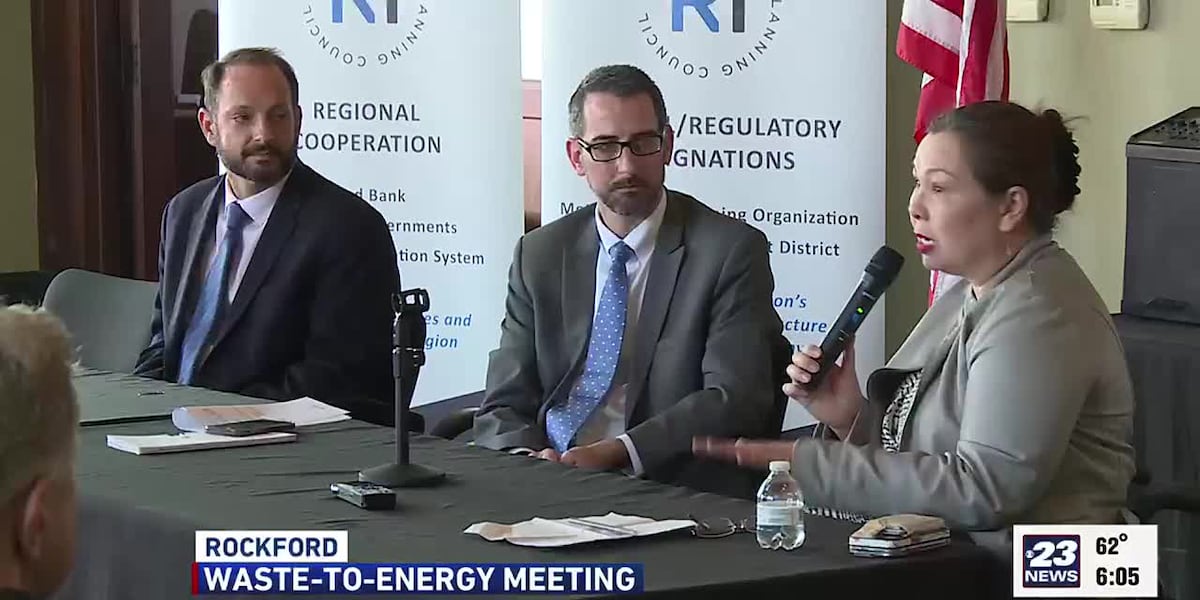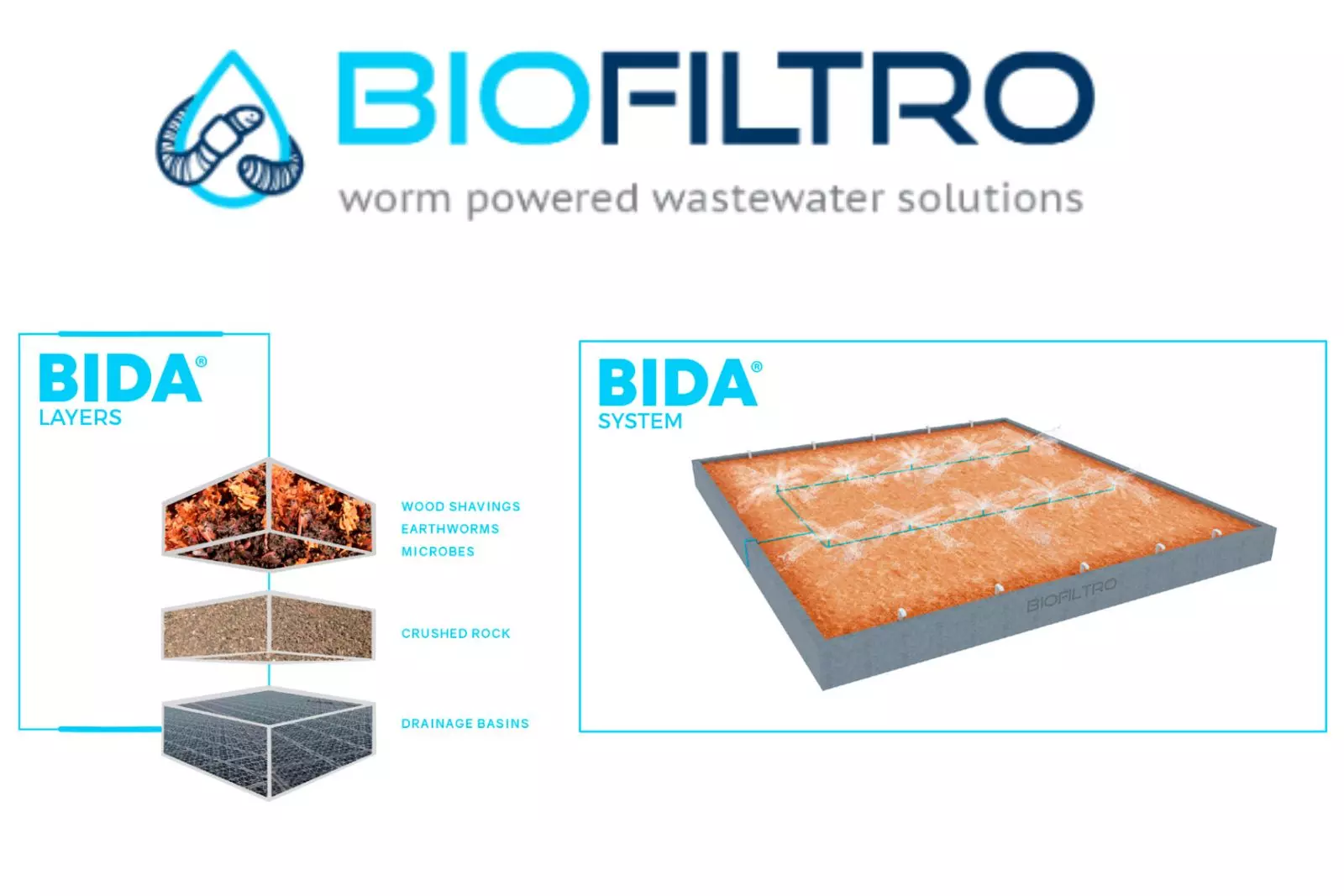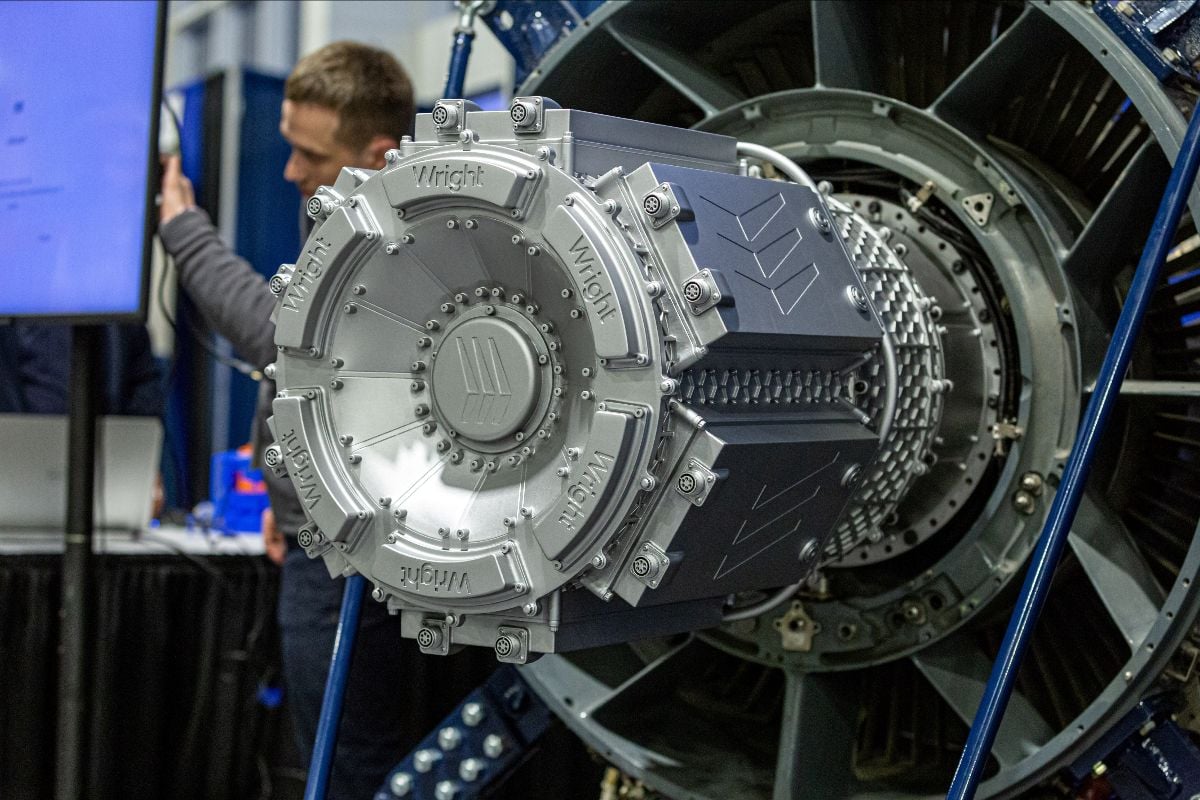As one of the largest airlines in North America, Southwest Airlines is implementing active and passive techniques to minimize fuel efficiency. These techniques are used both on the ground and in the air. According to the Southwest Airlines One Report, the airline has achieved significant fuel savings through these initiatives.
Simple Flying compiled a list of initiatives the airline is taking to minimize fuel consumption on its flights.
1. Ground strategies: On-ground fuel-saving programs.
Fuel savings for Southwest Airlines begin on the ground with various strategies, including minimal engine and APU power use. According to the Southwest Airlines One Report, “We carry out fuel-saving programs and policies, including performing single engine taxiing when possible, reducing the use of the auxiliary power unit and instead using electric ground power, and improving our operations by investing in new technologies such as our Central Monitoring System.”
The ground power unit (GPU) is significantly cheaper than the APU. Airlines generally aim to utilize GPU for air conditioning and other services on the ground.
2. Weight reduction: Onboard weight reduction initiatives.
Southwest Airlines achieves weight reduction onboard its aircraft in various ways. The use of lightweight (and sustainable) cutlery and single-use products minimizes the weight carried by the aircraft. The airline has also revised its fuel policies for landing. In other words, the maximum landing fuel can be altered to minimize aircraft weight. Southwest has also retrofitted its cabins with modern, lightweight interiors, including wall panels and partitions to minimize overall weight. The airline has also invested in lightweight electronic flight bag tablets for flight crews. All of these initiatives reduce aircraft gross weight, directly impacting fuel consumption.
3. Flight planning: Routes are optimized for fuel efficiency.
Aircraft fly at high altitudes to improve fuel efficiency due to the less dense air, resulting in minimal aerodynamic drag. The airlines can optimize their flight management systems to choose the most optimal altitude for flight. Southwest is doing just that to achieve the greatest possible fuel efficiency for its flights. The airline has improved its flight planning algorithms to match with aircraft flight management systems for the most efficient flight paths. As such, Southwest Airlines flights must fly at altitudes that pose minimum turbulence and air resistance. By this technique, the airline saved 6.6 million gallons of fuel in 2022.
4. Air Traffic Performance: FAA NextGen Air Traffic Initiatives.
Southwest Airlines works closely with Air Traffic Controllers to achieve fuel efficiency through a variety of initiatives. The navigational performance of its fleet is improved through the use of Required Navigation Performance (RNP).
According to the airline, “We’ve equipped all our aircraft and Flight Crews to take advantage of FAA NextGen Air Traffic Initiatives like Required Navigation Performance (RNP), which enhances navigational and operational capabilities, improving fuel efficiency. We feel there’s tremendous opportunity for further improvement and continue to work with the FAA to develop and seek more use of RNP approaches and to evolve air traffic control rules to support greater utilization of RNP.”
These initiatives will allow the carrier to establish and maintain a robust strategy to minimize fuel consumption on its flights. The goal aligns with the airline’s strategy for net-zero emissions by 2050.
5. Winglets: Winglets minimize lift-induced drag.
Southwest Airlines has installed winglets on all its aircraft, reducing aerodynamic drag and improving fuel efficiency. Wingtip vortices are generated as an airflow on the wing’s bottom surface wraps around the edge. The size and strength of the vortex largely depend on the angle of attack.
Lift-induced drag is generated as a result of downwash from wingtip vortices. The use of winglets at the tips of wings minimizes the size and strength of vortices, thereby reducing lift-induced drag. Depending on flight parameters, winglets can reduce lift-induced drag by up to 5%. An added benefit of fuel efficiency is the overall reduction in carbon emissions.
6. Real-time descent procedure: Real-time wind data is provided for flight crews.
Gusts and winds are detrimental to the fuel efficiency of aircraft. The aircraft generates more drag with increased air resistance, particularly closer to the ground. Southwest Airlines has established a real-time descent procedure where pilots are provided with wind profiles in real-time. According to the airline, “We provide our Flight Crews with improved up-to-date wind data linked to the aircraft that allows them to take advantage of real-time wind profiles to reduce fuel consumption per flight.”
The descent procedure is optimized based on wind profiles, thereby minimizing fuel consumption during the descent and approach segment of the flight.




